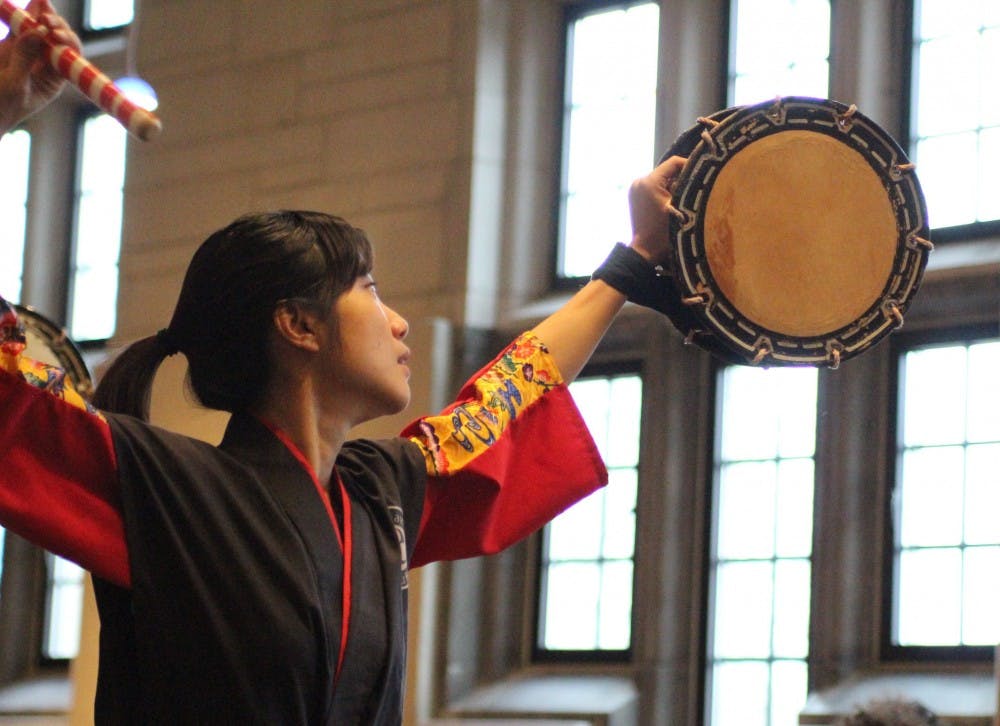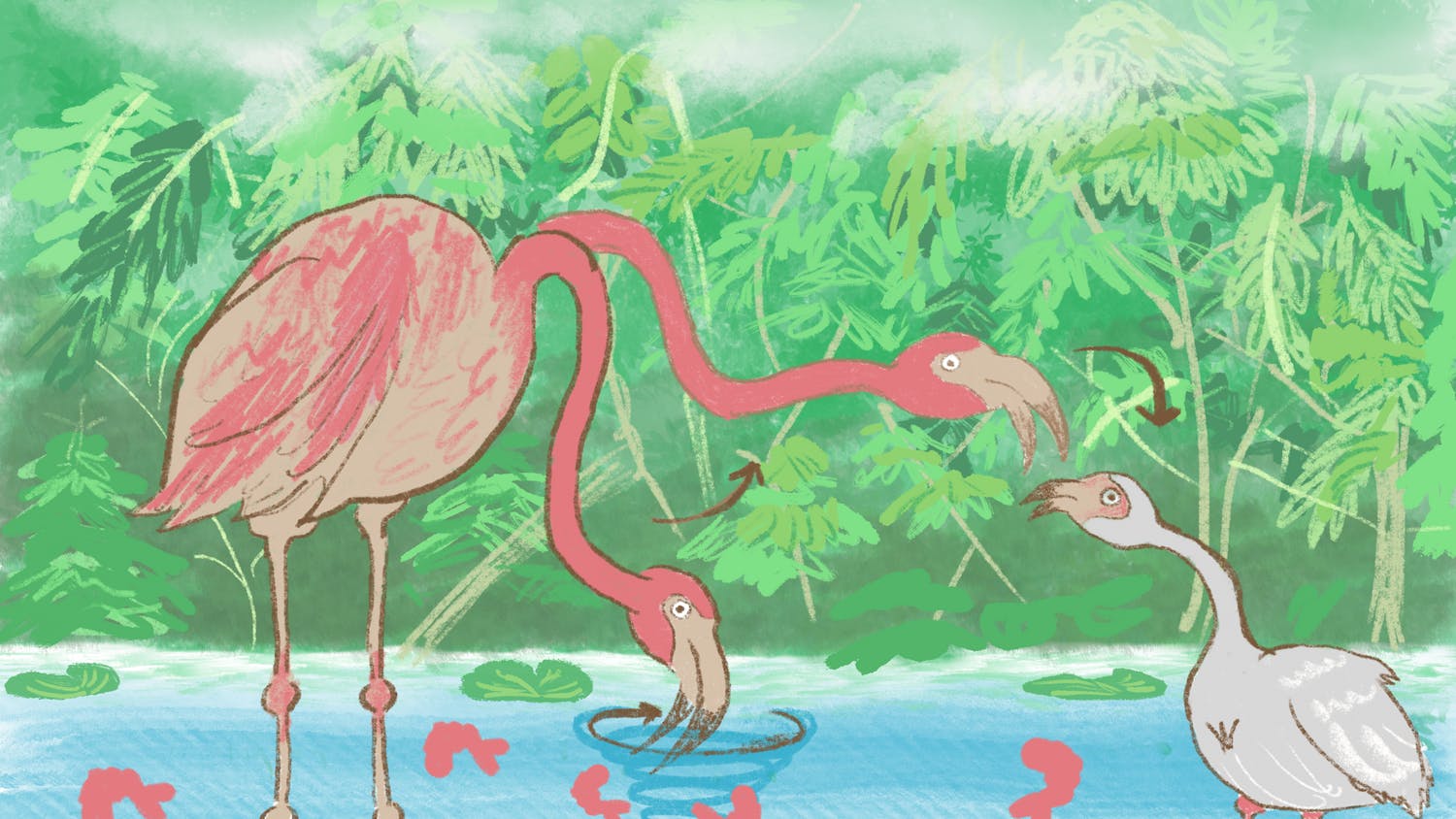In America, AAPIs are often seen as a homogeneous group of people, when in reality they are the opposite. Viewing all AAPIs as the same is an overgeneralization and shows ignorance of the complex tapestry of countries and cultures that these people come from.
There is no singular type of AAPI, just as there is no singular type of American. Questions such as “what are you?” that expect a simple response are often much more complex than they may seem. Race and ethnicity alone should not be a way for people to assume they know who we are.
An example of this is the common misconception that Asian-Americans only come from East Asian countries such as China, South Korea and Japan. Many overlook Indian-Americans as a part of the AAPI community by believing the Indian subcontinent is not part of Asia.
South East Asian countries such as Myanmar, Vietnam, Malaysia, Philippines and other countries in that region are commonly neglected, even though they are an integral part of Asia’s history and culture. Few can even identify where or what the Pacific Islands are, let alone the people who originate from these countries.
Looking at the big picture is not enough when trying to determine the status of AAPIs in America. Sweeping generalizations that state all AAPIs are well-educated, come from the same place, or any other claims of complete uniformity can be extremely detrimental for certain AAPI subgroups.
Through what is known as data disaggregation, we can better understand how heterogeneous AAPIs actually are and determine how we can help those who are struggling. AAPIs as a whole rank well in terms of economic well-being, but when broken down, data shows there are large income gaps between AAPI subgroups.
The same goes when looking at levels of educational attainment. Certain AAPI subgroups have high levels of educational attainment while others have low levels. Claiming that AAPIs as a whole are not underrepresented at universities and do not need additional educational support therefore may restrain aid from being given to the AAPI subgroups who need it the most.
Ignoring the diversity of AAPIs can also lead to problematic individual experiences. Discovering one’s identity is hard enough without others who try to tell you who you should be. Individual identity can therefore be colored in the confusion between trying to be your own person and fitting into the fixed categories and expectations that people have of AAPIs.
There is way too much diversity among AAPIs for this group of people to be seen as monolithic. AAPI identities should not be defined by labels or viewed as homogeneous. Rather, it is the complex identities of all kinds of AAPIs that truly make this diverse group of people who they are.






